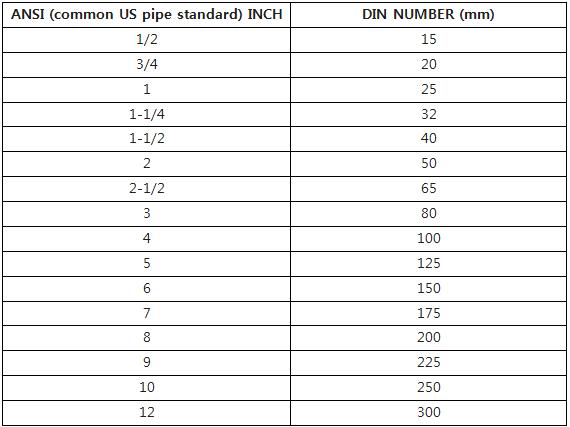- Qinsun Instruments Co., Ltd.
- Tell:+86-21-6780 0179
- Phone:+86-17740808215
- Address:No. 2578 Minhang District Gu Dai Road, Shanghai
- Contact:Mr. Li
- QQ:846490659
What is the difference between DIN and ANSl standard?

DIN (Deutsches Institut für Normung) and ANSI (American National Standards Institute) are two different organizations that develop and publish standards.
Here are the key differences between DIN and ANSI standards:
1. Origin and Location:
- DIN: The Deutsches Institut für Normung (German Institute for Standardization) is responsible for DIN standards. It is a German organization.
- ANSI: The American National Standards Institute is responsible for ANSI standards and is based in the United States.
2. Scope:
- DIN: DIN standards are widely used in Germany and often adopted by other European countries. They cover various industries and sectors.
- ANSI: ANSI standards are predominantly used in the United States but are also recognized and adopted in many other countries. They cover a broad range of industries.
3. Numbering System:
- DIN: DIN standards typically use an alphanumeric system for numbering.
- ANSI: ANSI standards often use a numeric system for numbering.
4. Metric vs. Imperial Units:
- DIN: DIN standards are more inclined towards metric units.
- ANSI: ANSI standards may use imperial units more frequently.

5. Global Adoption:
- DIN: While DIN standards are widely accepted in Europe, they may not be as prevalent globally.
- ANSI: ANSI standards have a more global presence and are recognized in various parts of the world.
6. Committee Structure:
- DIN: DIN standards are developed by committees consisting of experts from industry, academia, and government.
- ANSI: ANSI standards are also developed by committees, but the structure may vary depending on the specific standard-setting organization.
7. Documentation Style:
- DIN: DIN standards may have a different style of documentation compared to ANSI standards.
- ANSI: ANSI standards follow a specific style of documentation that aligns with the practices common in the United States.
8. Cultural and Regulatory Influences:
- DIN: DIN standards may reflect the cultural and regulatory influences of the European region, particularly Germany.
- ANSI: ANSI standards are influenced by the cultural and regulatory environment in the United States.
It's important to note that both DIN and ANSI standards aim to establish norms to ensure quality, safety, and compatibility in various industries, but their specific approaches and applications can differ based on regional and organizational factors.





